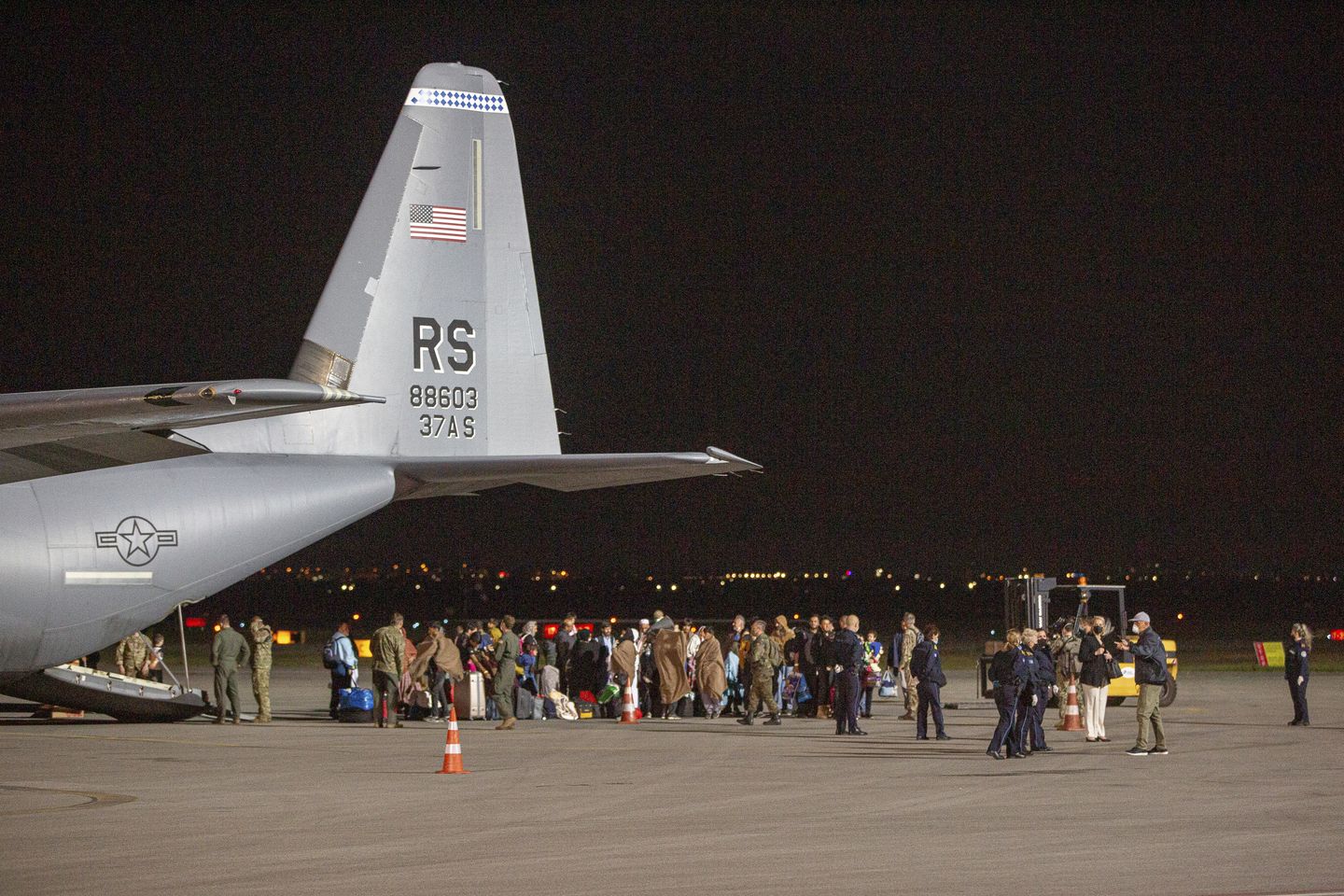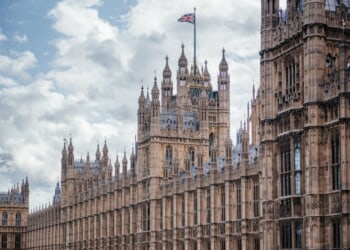
The chaotic airlift to evacuate Afghans amid the fall of Kabul in 2021 allowed at least 82 people who have been on the terrorism watchlist to get into the U.S., an inspector general said Tuesday.
That includes 55 who were already on the watchlist before the summer of 2021 or were placed there during the evacuation, and 27 more who weren’t added to the list until after settling in the U.S.
Justice Department Inspector General Michael E. Horowitz said the FBI, once it learned of the names, generally took the right steps to track them, working to confirm if they were threats.
“In each instance we found that the FBI’s screening, vetting, investigative and continuous identity discovery efforts revealed potential threats that existed, and appropriate mitigation steps were taken in response to those threats,” the audit concluded.
Tens of thousands of Afghans were airlifted out of Kabul in July and August 2021 as President Joseph R. Biden scrambled to salvage a disastrous troop withdrawal.
While the airlift was supposed to be rescuing Afghans who assisted the U.S. in its 20-year war effort, experts said a large amount — perhaps most — of those evacuated lacked those ties but were lucky to get through the Taliban’s roadblocks and into the airport perimeter.
The goal of the audit was to evaluate how the FBI handled evacuees who were on the watchlist, which is why it focused on the 55 allowed into the U.S. even after their identities were known.
Mr. Horowitz said the bureau also found the 27 already in the U.S. when they were added to the list.
As late as last year, 19 of them were still on the watchlist and 15 were “encountered by various agencies” after they were listed.
In each case, the appropriate follow-up was done, Mr. Horowitz concluded.
Of the 55 Afghans who settled in the U.S. even though their names were already on the watchlist, nine remained as of last year. Four of them were under active FBI investigations and four others remained under suspicion because of their association with known or suspected terrorists.
The ninth remained on the watchlist but was no longer in the U.S.
Then-Homeland Security Secretary Alejandro Mayorkas allowed the Afghans into the U.S. under “parole,” which is a special exception to immigration law.
It’s supposed to be used on a case-by-case basis. Before the Biden administration, it had largely been reserved for medical emergencies or instances where a foreigner was needed to help an investigation.
Mr. Mayorkas used it to forge a secondary immigration system that brought in millions of people. Afghanistan was the first large-scale test, though it was used later on Ukrainians, Venezuelans, Nicaraguans, Haitians, Cubans and would-be illegal immigrants who made it to northern Mexico.
Mr. Horowitz, in Tuesday’s report, pointed out that federal authorities did not spot Nasir Ahmad Tawhedi, an Afghan who was brought into the U.S. as part of the evacuation and now stands charged with plotting an Election Day massacre last year.
He is scheduled to go to trial in May 2026.
Another Afghan, Abdullah Haji Zada, pleaded guilty in April to charges of attempting to procure guns for the attack.
The Justice Department inspector general’s report comes on the heels of reporting by the inspectors general at Homeland Security and the Defense Department that found problems with the initial screening of the Afghans before they reached the U.S.


![Former Bravo Star Charged After Violent Assault Using a Rock-Filled Sock in Tennessee Walmart [WATCH]](https://www.right2024.com/wp-content/uploads/2025/07/Former-Bravo-Star-Charged-After-Violent-Assault-Using-a-Rock-Filled-350x250.jpg)




![Karoline Leavitt Levels CNN's Kaitlan Collins and Other Legacy Media Reporters [WATCH]](https://www.right2024.com/wp-content/uploads/2025/07/Karoline-Leavitt-Levels-CNNs-Kaitlan-Collins-and-Other-Legacy-Media-350x250.jpg)
![Man Arrested After Screaming at Senators During Big Beautiful Bill Debate [WATCH]](https://www.right2024.com/wp-content/uploads/2025/06/Man-Arrested-After-Screaming-at-Senators-During-Big-Beautiful-Bill-350x250.jpg)
![Illegal Alien Walked Free After Decapitating Woman, Abusing Corpse for Weeks [WATCH]](https://www.right2024.com/wp-content/uploads/2025/07/1753013138_Illegal-Alien-Walked-Free-After-Decapitating-Woman-Abusing-Corpse-for-350x250.jpg)






